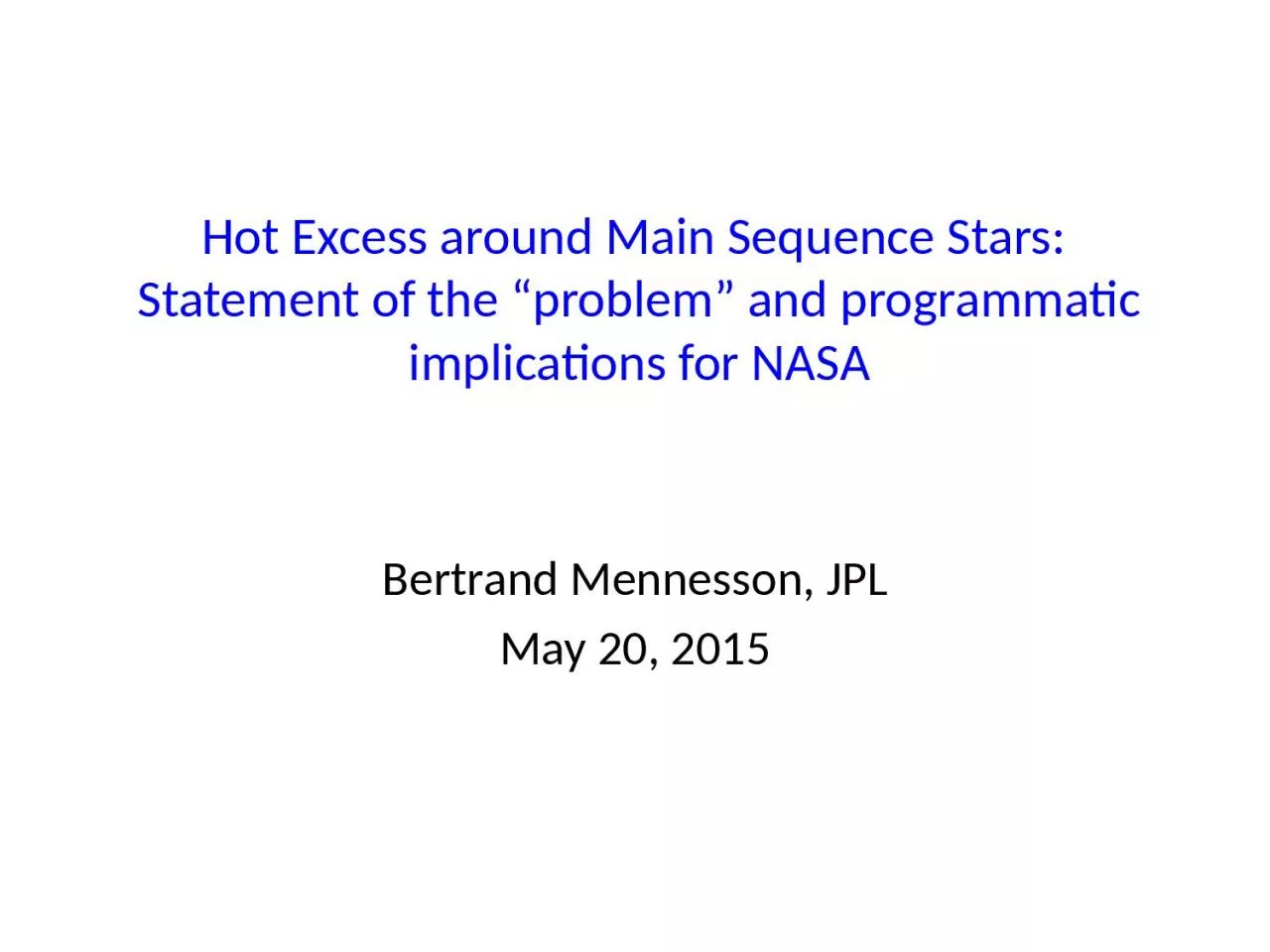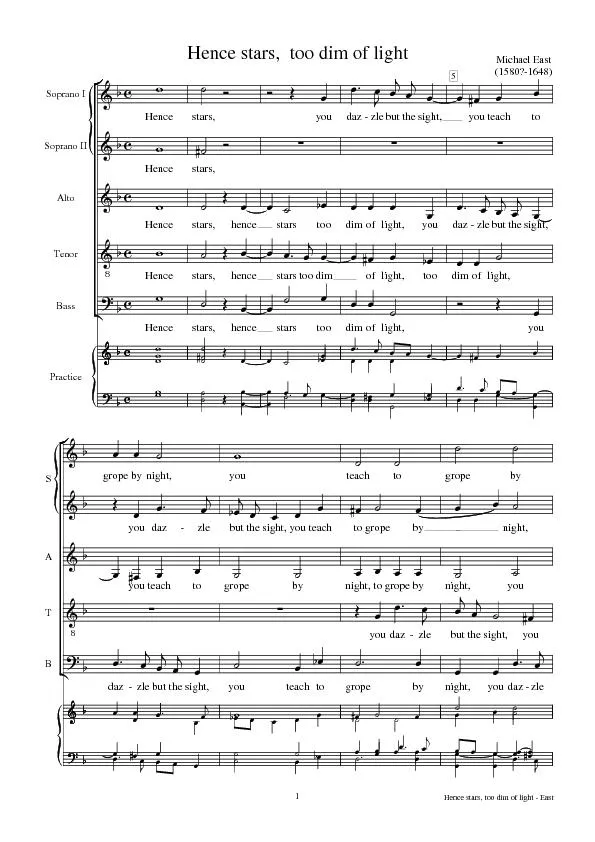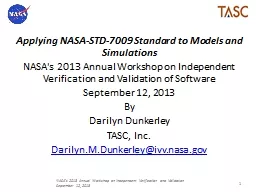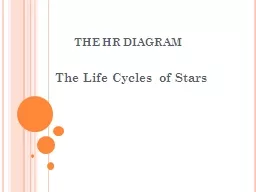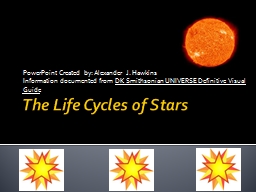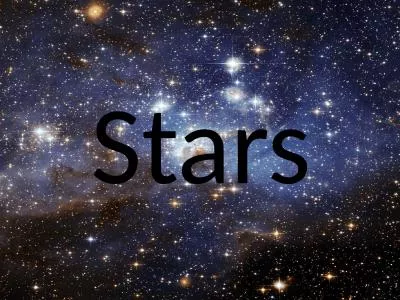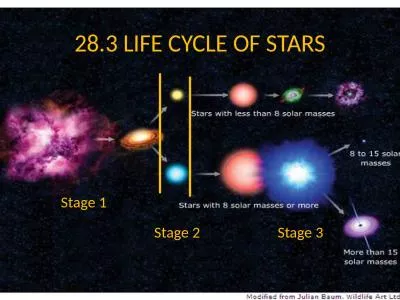PPT-Hot Excess around Main Sequence Stars: Statement of the problem and programmatic implications
Author : heartersh | Published Date : 2020-08-29
Statement of the problem and programmatic implications for N ASA Bertrand Mennesson JPL May 20 2015 Outline Brief Review of Observational evidence over the last
Presentation Embed Code
Download Presentation
Download Presentation The PPT/PDF document "Hot Excess around Main Sequence Stars: ..." is the property of its rightful owner. Permission is granted to download and print the materials on this website for personal, non-commercial use only, and to display it on your personal computer provided you do not modify the materials and that you retain all copyright notices contained in the materials. By downloading content from our website, you accept the terms of this agreement.
Hot Excess around Main Sequence Stars: Statement of the problem and programmatic implications: Transcript
Download Rules Of Document
"Hot Excess around Main Sequence Stars: Statement of the problem and programmatic implications"The content belongs to its owner. You may download and print it for personal use, without modification, and keep all copyright notices. By downloading, you agree to these terms.
Related Documents

